Is Lyon experiencing an aesthetic disorder?
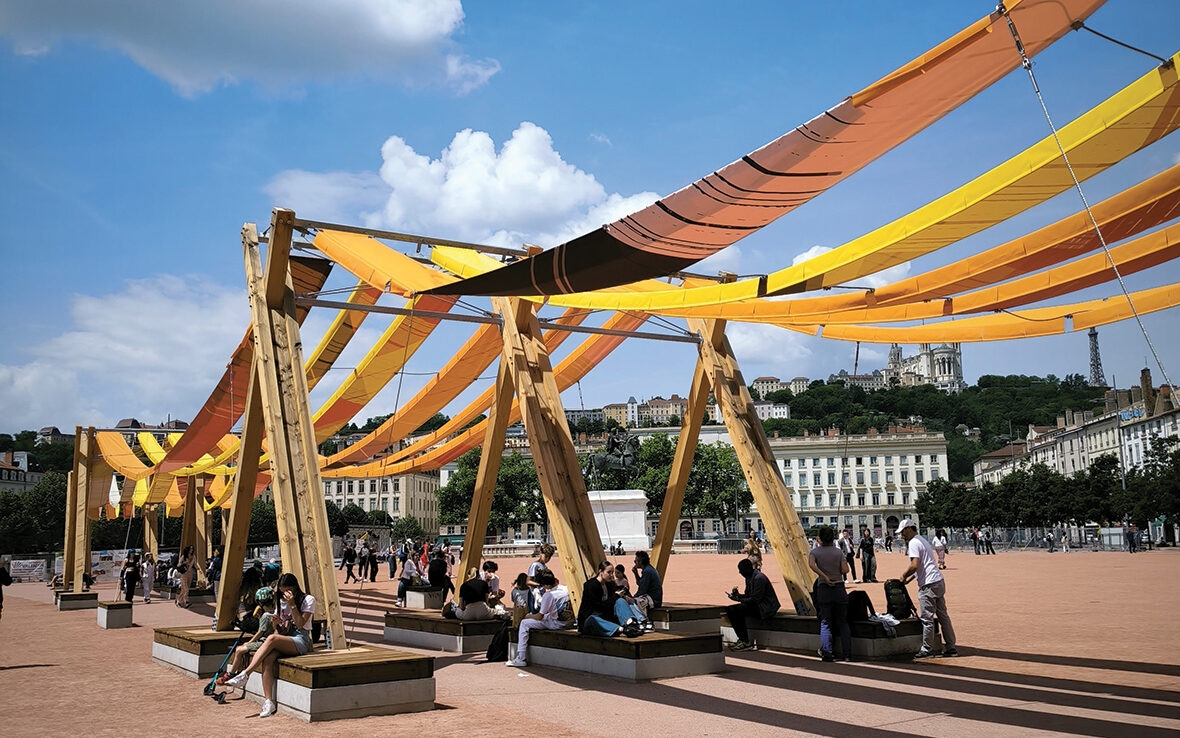
Since coming to power in June 2020, Lyon's ecologists have profoundly changed the urban landscape. Out with the "signature," the "starchitecture," the architectural exception. In with usage, sobriety, and a form of assumed banality. The urban projects of the City Hall and the Metropolis, whether new buildings or redevelopments of public spaces, are disrupting our relationship with aesthetics. Is Lyon running the risk of becoming "styleless"? Can the people of Lyon be content with aesthetic flattening?
If there's one topic that's getting people talking in the city, it's the white concrete benches installed this summer in the northern part of Rue de la République, near the Cordeliers. Rounded and positioned in arcs, they evoke—at a glance—some incongruous shapes. Quickly nicknamed "turds," "earthworms," or "sausages," these massive seats crystallize the debate on urban planning. The other example that has generated a lot of ink is the immense net curtains erected in Place Bellecour last spring. Presented as a way to create shade and bring in a bit of freshness, these hanging canvases have mostly divided opinion. Some saw them as a light and poetic installation, others as a visual nuisance, almost a distortion of one of Lyon's most emblematic squares.
Here again, the question posed is the same: to what extent can temporary or functional development have an impact on the image and aesthetics of a symbolic place?
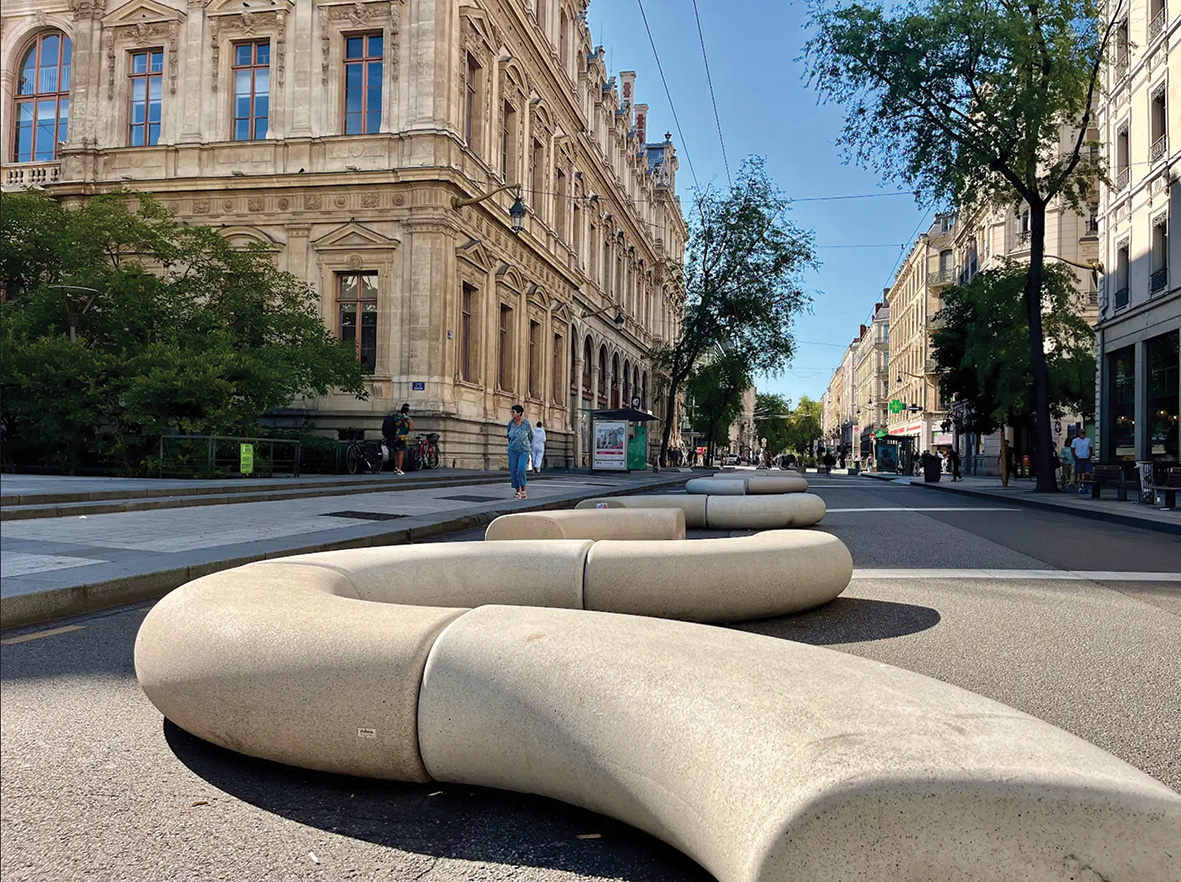
“These are changes in public spaces, and people need time to adjust,” says Fabien Bagnon, the Green vice-president of the Lyon Metropolitan Area, responsible for roads. He dismisses criticism of the aesthetics of the benches, made in Spain and purchased by the Metropolis from a supplier in Rillieux-la-Pape: “Tastes and colors are a matter of individual choice. We need to take a step back, and we'll see in a few months if the people of Lyon have taken ownership of these new spaces.” Since reality means that nature abhors a vacuum, people naturally sit on the benches on Rue de la Ré or under the “umbrières” of Bellecour. “Beauty is a plastic, cultural and social notion ,” continues François Duchêne, urban planner, geographer and researcher at the National School of Public Works, based in Vaulx-en-Velin. “What is beautiful for some is not for others.”
Beauty, when it comes to architecture or urban planning, always arouses a certain mistrust. When it is not simply a taboo subject. And yet, beauty is discussed almost daily in newspapers or on social networks. “The denunciations of the so-called aesthetic decadence (…) are a real commonplace, which we find in all eras,” recalls Chloë Voisin-Bormuth, research director of La Fabrique de la Cité, a think tank on urban transitions.
Urban planning has always been a major political issue, and the city's aesthetics are one of the conditions for the famous coexistence. Michel Noir understood this perfectly. 1989 is considered the pivotal year of the city's symbolic, sociological, and political change. Noir worked on a different trajectory, proposing a different urban project, with the idea of improving the quality of life of residents and making Lyon shine internationally. What changed the city was the illumination of three hundred buildings. During this same mandate, the Lumière plan—a first in France—transformed the dull and dark city into a beautiful nightscape, modifying and restoring the city's self-image. Michel Noir had the idea of illuminating the bridges to beautify Lyon from his garden in Croix-Rousse, where he contemplated “the black streak of the Rhône at night.” “Contrary to what Francisque Collomb said forty years ago, illuminating a city is not an expense but an investment,” explains Alain Guilhot, designer of the Lighting Plan. Light is no longer thought of through its historical prism of security but is becoming a material in its own right and a true component of urban planning. It allows for a new interpretation of the city and transforms residents' nightlife.
In the 1990s, Lyon also underwent a major shift in urban planning, driven by its deputy mayor for urban planning, Henry Chabert. The city became more beautiful and more playful.
“Lyon was an interesting city in the 1990s, in terms of the development of public spaces, parks, and gardens. Lyon then became a cutting-edge city. Landscapers came to see what was happening there. There was a real policy being implemented in the historic center and in some of the suburbs. It was a systematic and qualitative policy. We called on well-known people like landscapers Michel Corajoud (Cité internationale) or Michel Desvigne (Place des Célestins), architects Alexandre Chemetoff (Place de la Bourse) or Alain Sarfati (Rue de la République),” explains Valérie Disdier, an art historian and urban planner by training. These are the examples of public space development that people came from all over Europe to see. Lyon then truly had a say on the European urban planning scene.
The 2000s saw the era of “starchitecture.” “This use of starchitecture culminated in the Musée des Confluences, by Coop Himmelb(l)au, which mimicked the Guggenheim in Bilbao,” explains Isabelle Lefort, professor of geography at the University of Lyon 2. “The architectural element is a tool that allows cities to stand out internationally and find a place in globalization,” write geographer Maria Gravari-Barbas and architect-urban planner Cécile Renard-Delautre*.
Lyon has experienced twenty years during which the affirmation of metropolises has involved very visible work on aesthetics and design, in particular on architecture and public spaces.
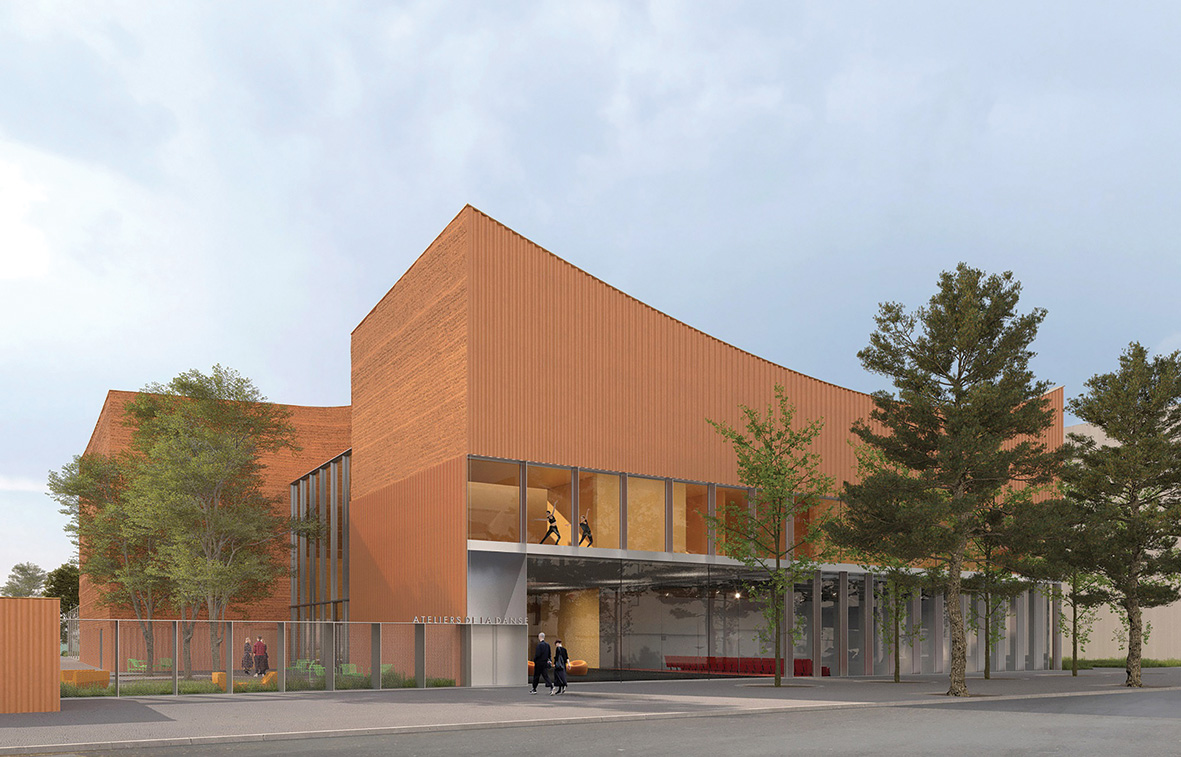
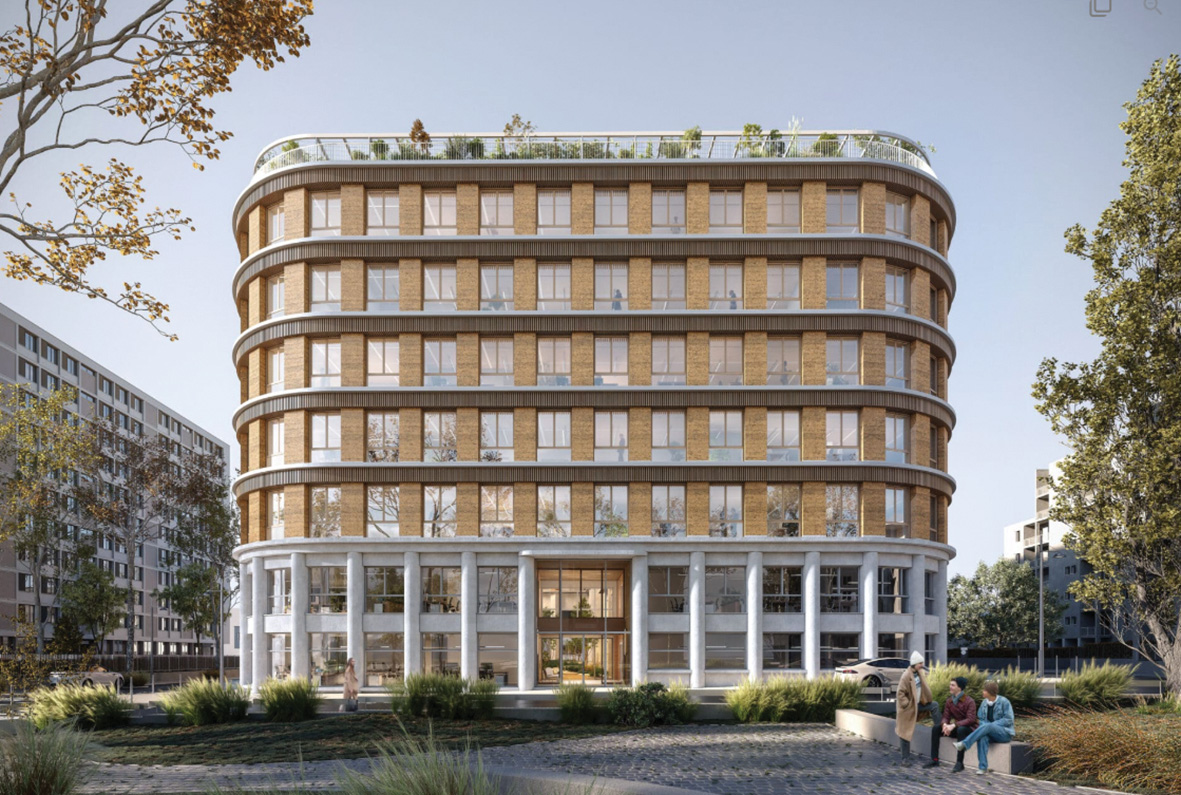
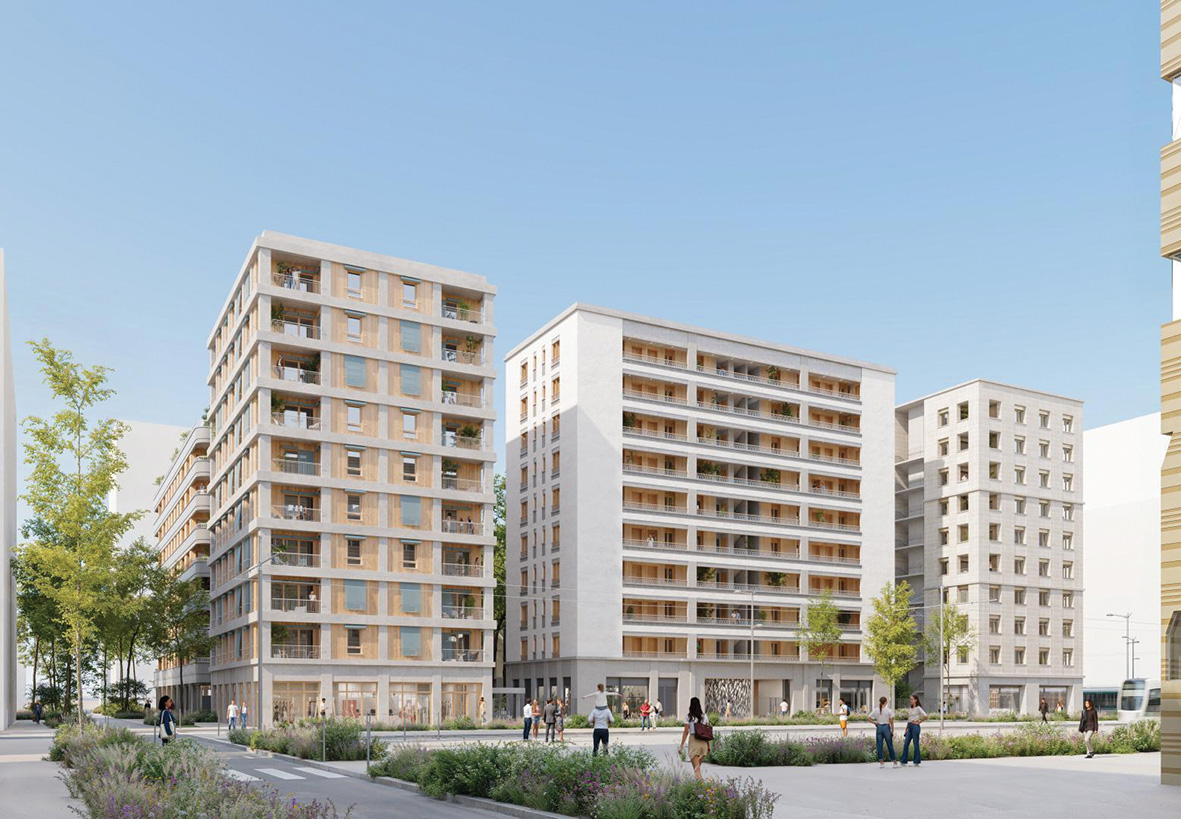
“Today,” explains Lyon geographer Michel Lussault, “we are moving from a city-building approach based on image to one based on use. Use is making a strong comeback for two reasons. On the one hand, a critique of the results of twenty-five years of metropolitanization: we promised more pleasant, inclusive, open cities, and we ended up with soaring real estate prices, traffic jams, nuisances, social inequalities, violence, and dilapidated public facilities. On the other hand, for the past fifteen years, we have found in nature and ecosystems a source of beauty and well-being: the return of plants, biodiversity, the replacement of car parks with areas of contact with nature.” And to seek to know if the new aesthetics would not be to ask whether “the right criterion for judging beauty could be well-being”? With this idea that each period gives rise to an intellectual framework on the question of urban aesthetics. “The city must adapt to the times and to environmental issues – who will still want to live there if it’s 50 degrees? – and not remain static,” believes Eric Sainero, consulting architect for the Lyon Metropolitan Area.
The green wave has swept away Collomb and his legacy. In the streets, it's not just politics that have been transformed. It's also our perspective. Environmentalists have imposed a different visual grammar. Sobriety, usage, rejection of objects and monumentality. And the idea of a "peaceful city." The music: Lyon has changed its paradigm and beauty is no longer an objective in itself has never resonated so much. "The impression is that beauty does not nourish," confesses, anonymously, a prominent architect in Lyon. "Aesthetics is no longer a criterion, it takes second place. The result is a city without rough edges. One could see this as a reference to Adolf Loos, who opposed ornament, seen as a bourgeois archaism, useless and barbaric that had to be eliminated."
On the urban planning front, Raphaël Michaud, the deputy in charge, has opted for “health-friendly urban planning, notably with ‘care materials’, such as wood or rammed earth, which will lower blood pressure” and the defense of “regenerative architecture, simpler, gentler, more earthy.” More generally, according to Nicolas Michelin, consulting architect for the City of Lyon, the ordinary is replacing the extraordinary. “No more overhangs, no more seeking imbalances. I also ask architects for two hours of sunlight per day in new apartments for a minimum of vitamin D.” And to recognize that “ somewhere, yes, we prioritize use more than style.”
As for public spaces, while Valentin Lungenstrass, the city councillor responsible for the issue, defends greening as “a new aesthetic,” generally speaking, “priority is given more to use than to aesthetics because many of our projects are temporary.” “The temporary is almost an object of study, ” he notes, “in that it allows us to observe misuse and positive uses, to draw conclusions for a long-term project.” With the danger, well identified, reminds Chloë Voisin-Bormuth, of La Fabrique de la Cité, that “the craze for the practice of tactical urbanism must not become a pretext for disinvestment (…) with regard to the development of public spaces.”
And the role of the artist in all this? “There was some lovely collaborative work between artists and children on the lampshades of the streetlights in front of the schools,” the City argues. Before imagining, in the event of a second term, a special place given to street art in the shopping streets, or even, as in Seville, Madrid or Barcelona, the installation of canvases stretched between two buildings to create shaded areas and cool the streets, “another way of creating a new urban aesthetic.”
“There is no strong aesthetic bias in Lyon,” says Éric Jourdan, director of the Saint-Étienne School of Art and Design. “We are dealing with basic solutions, which are quite poor in terms of visual appeal. It's no better in Grenoble. Overall, culture is not a subject that interests environmentalists. However, aesthetics should not be at the bottom of the budget. And then, to those who say they are budget-constrained, I tell them that a well-designed object does not cost more than a poorly designed one. You can be modern with two pieces of wood; the economic equation can become a driving force for creativity. All it takes is political will.”
Does climate change necessarily lead to aesthetic disruption? Out with aesthetic shock, in with green sobriety? If Lyon is looking for a new identity, “more than ever, beauty must be at the heart of (its) concerns”**.
Lyon Capitale





